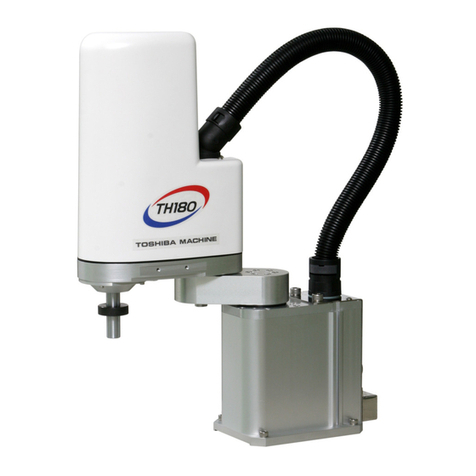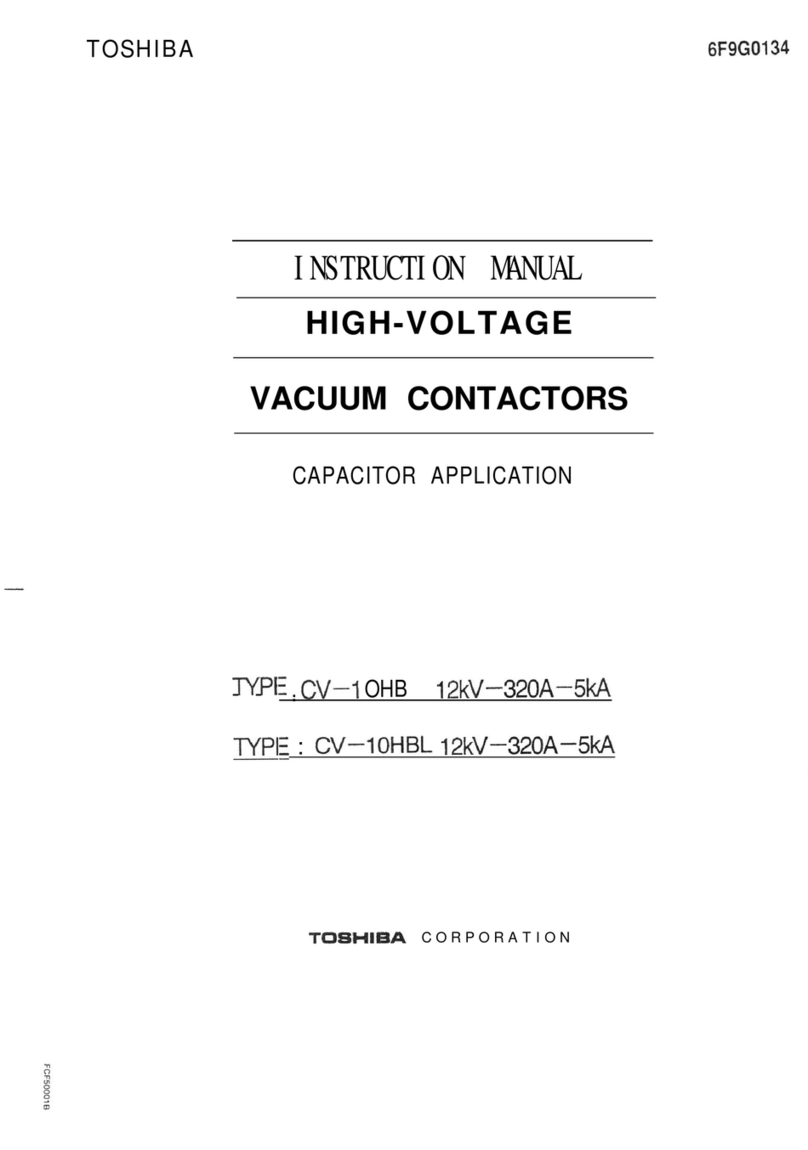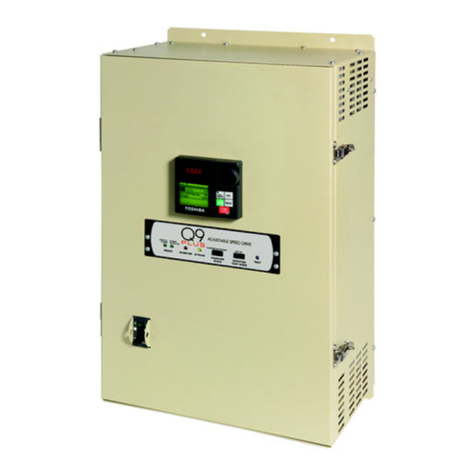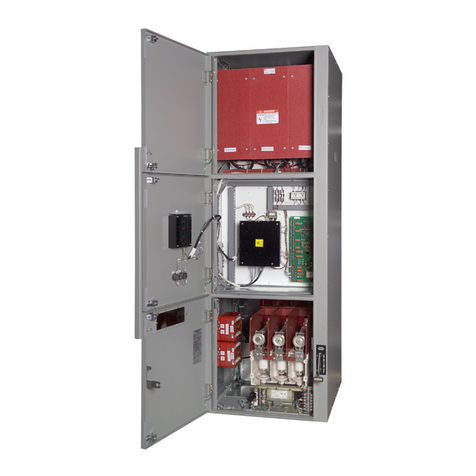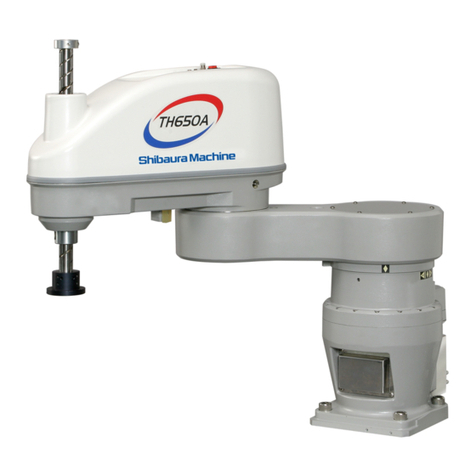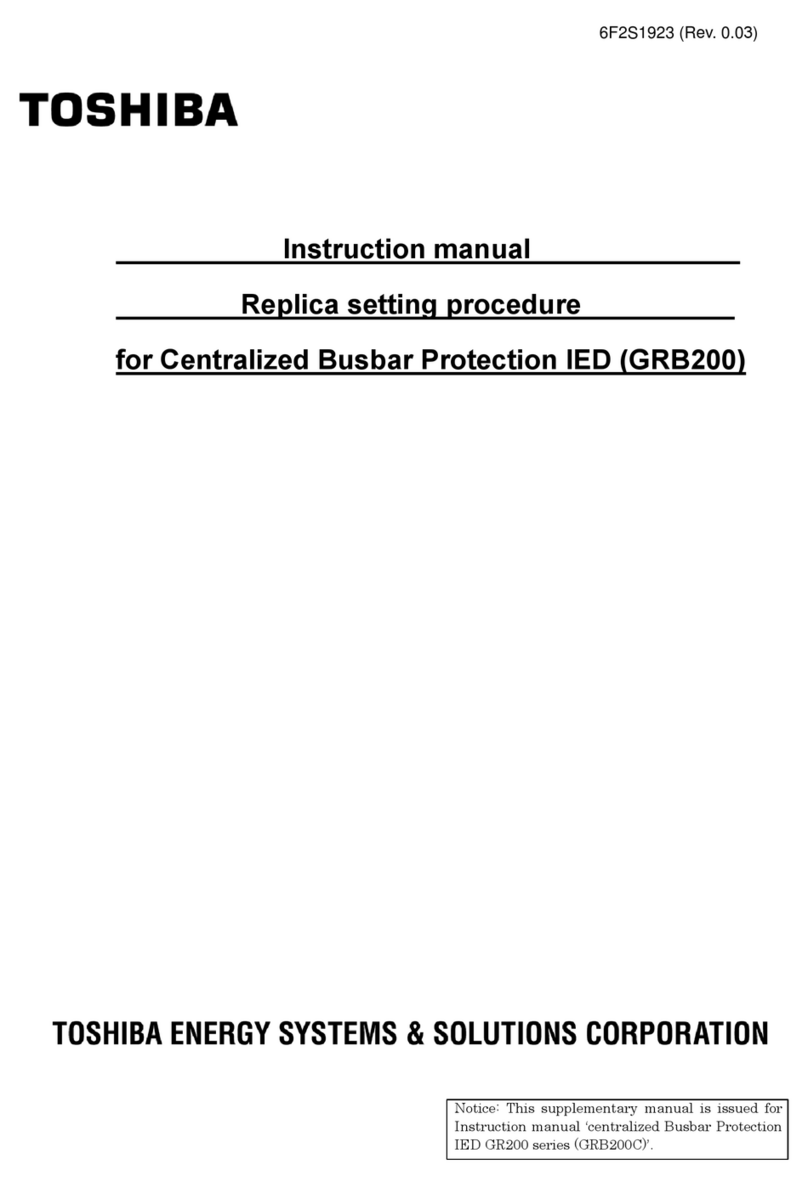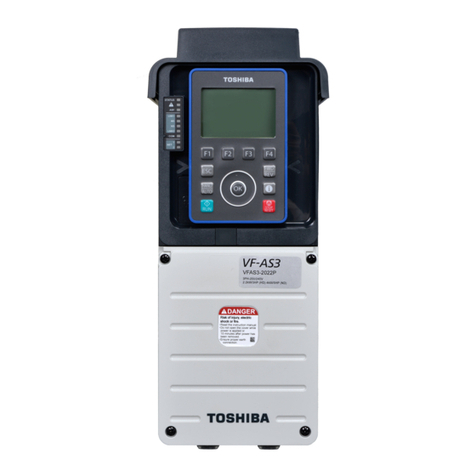-7 -
6F9G0154
6.RATING
DANGER : Do not exceed the ratings specified on the contactor.
Table 3 Ratings
Type-form CV-10HB CV-10HBL
Operating mechanism Non-latched Latched
Rated operation voltage (kV) 12 (13.8)*
Ratedinsulationlevel (kV) AC.28,Imp.75
Rated operational current (A) 400
Thermal current (A) 450
Rated frequency (Hz) 50/60
Rated short-time withstand current (A-s) 5000-1
Rated peak withstand current (A) 12500
Operations/hour 300 120Rated duties
On load factor 40%
Rated making capacity (kA) 3.2(C-10s×100times)
Rated breaking capacity (kA) 2.56(CO-30s×25times)
Short-circuit making and breaking current
(kA) 5
Duties
O-3min-CO-3min-CO
Withstand overload current (kA-s) 8.0-1sec , 1.92-30sec
Mechanical operation (million) 0.25
Electrical operation (million) 0.1
Closing voltage 100-240VAC
100-220VDC
100-240VAC
100-250VDC
Rated supply voltage
(Standard)
Tripping voltage -100-110VDC
Contact arrangement 4NO-2NC 2NO-1NC
Auxiliary switches
Life (million) 0.1
Closing 6~7
Operating current (A)
(at 100V) Holding/Tripping 0.6~0.7 3~4
* :13.8kV (maximum) for capacitor switching.
The rated making/breaking capacity has been confirmed at 12kV.
